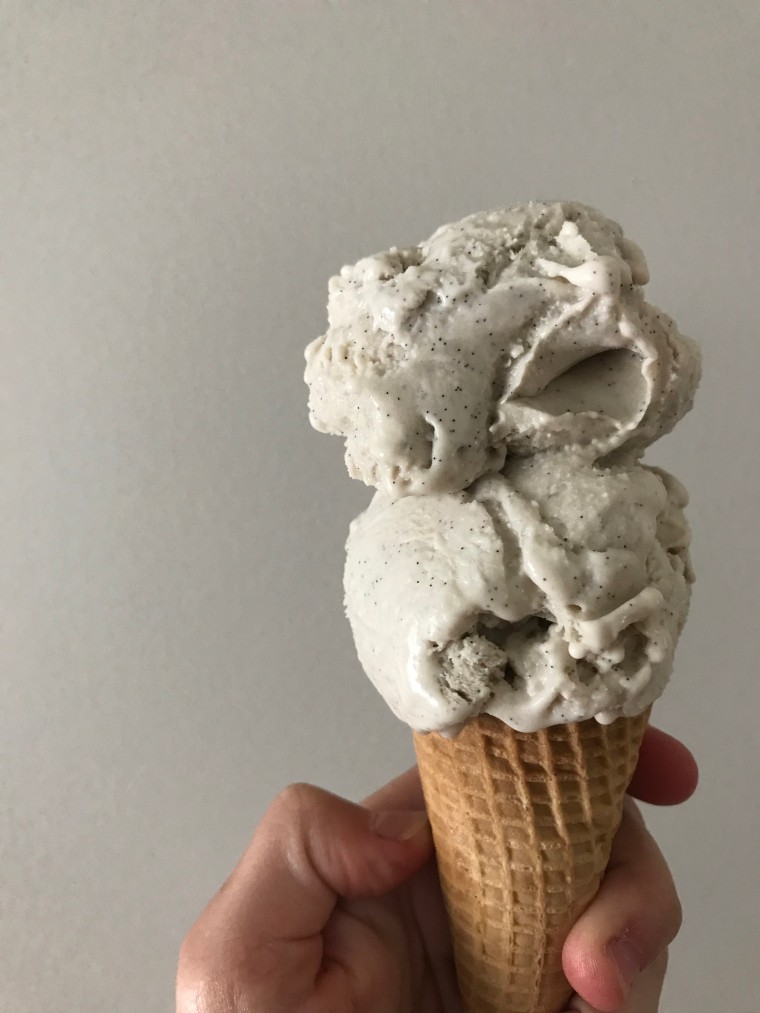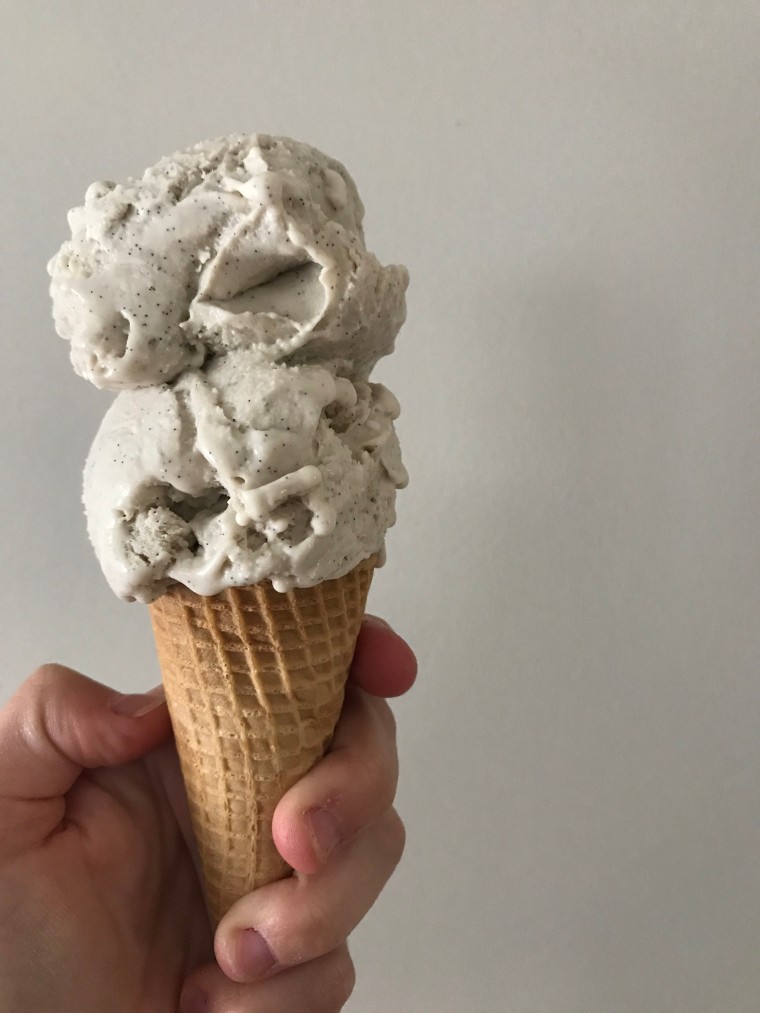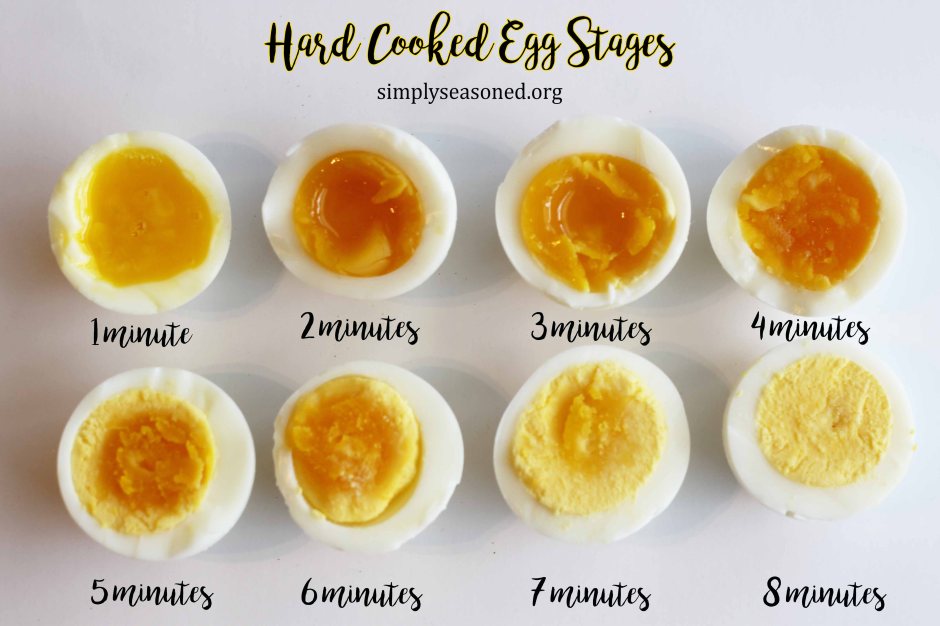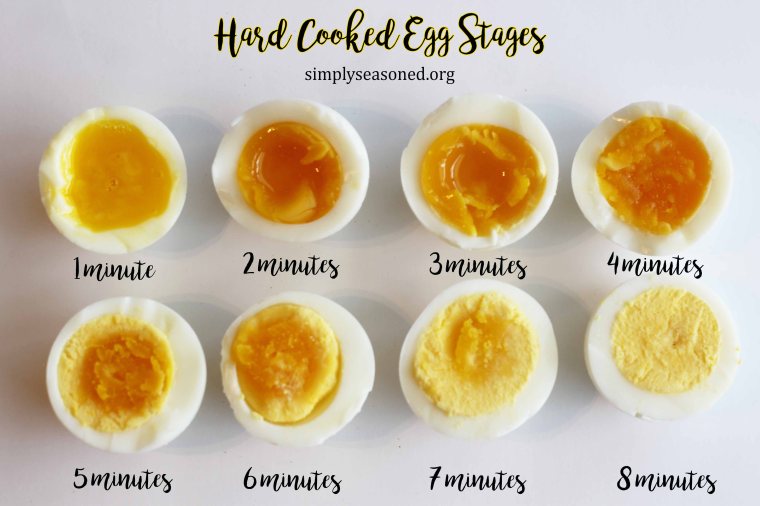It’s National Ice Cream Day! We believe everyone should be able to celebrate, including our dairy-free friends (like me).
I am a sucker for ice cream. I can eat whole foods and healthy all day until someone offers me ice cream. It’s my weakness. Well, was my weakness. Then I found out I am lactose intolerant and dairy gives me major migraines. But who says dairy-free ice cream can’t be just as creamy and delicious as the real stuff?! So Tim and I tested our no-churn ice cream recipe with coconut milk products, and it is delicious.
4 ingredients. 10 minutes (plus freeze time). No churn. That’s it!

No Churn Coconut Vanilla Ice Cream:
Ingredients:
- 1 can sweetened condensed coconut milk
- 2 cups coconut whipping cream
- 1 T vanilla bean paste (can sub extract)
- Pinch of salt
Procedure:
- Whip coconut cream.
- Fold all ingredients together.
- Freeze until solid, about 4 hours.
- Eat the entire bowl.

We used Nature’s Charm sweetened condensed coconut milk and coconut whipping cream:
Nature’s Charm Coconut Whipping Cream (6 pack)*
Nature’s Charm Sweetned Condensed Coconut Milk, 11.25 Oz. (Pack of 2)*
Now everyone can enjoy National Ice Cream Day!
-K
*We are a participant in the Amazon Services LLC Associates Program, an affiliate advertising program designed to provide a means for us to earn fees by linking to Amazon.com and affiliated sites.





